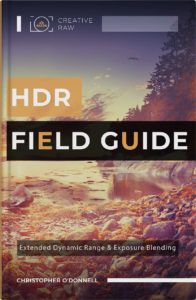Eight Ways to be Creative with a Shallow Depth of Field
Eight Ways to be Creative with a Shallow Depth of Field
Your camera’s aperture has the ability to (mostly) control your depth of field – which is a powerful creative tool that many photographers use to evoke depth, mystery, and intrigue.
Not only is it one of the key components in creating bokeh, but your aperture has the power to transform the ordinary into an abstract….creating a surreal interpretation of what we normally see.
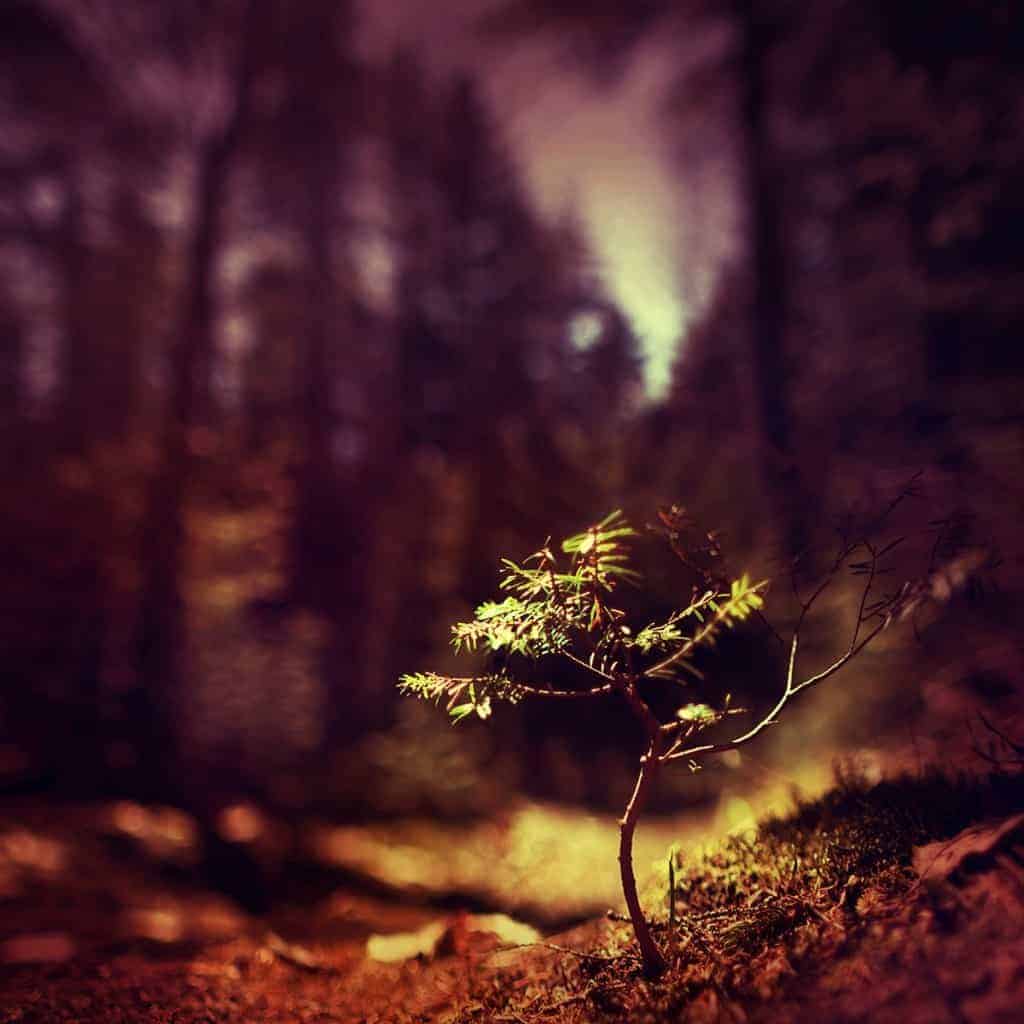
1. Isolation
The ability to quiet the distractions of your scene and isolate your focal point is a dynamic creative method. Beyond the visual attractiveness of a shallow depth of field, you can direct your audience to focus on elements that you find important in your landscape – whether it be the texture of a tree, small bits of foliage, or a field of wildflowers.
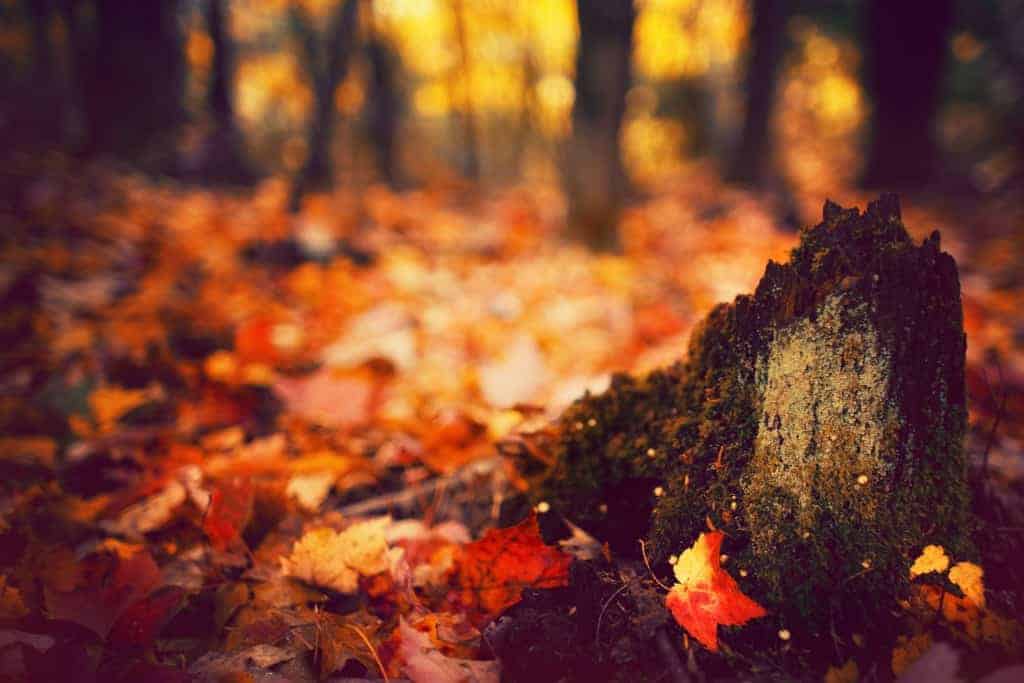
When working wide open, even the smallest adjustment of your focus can completely change your focal point, and thus the overall mood and interpretation of your image.
2. Balance
Another way to think of “balance” is to think of weight – what parts of your image are heavy, and which ones are light?
What draws the eyes in first, and do your eyes want to stay there?
Are there other elements that call for your attention?
The ability to adjust your depth by moving your slice of focus is a powerful tool, one that allows you manipulate the weight of your image and redistribute it for a more balanced (or unbalanced) composition.
Whichever you choose, your aperture can help you alter the weight of focal points and transform the flow of your landscape.
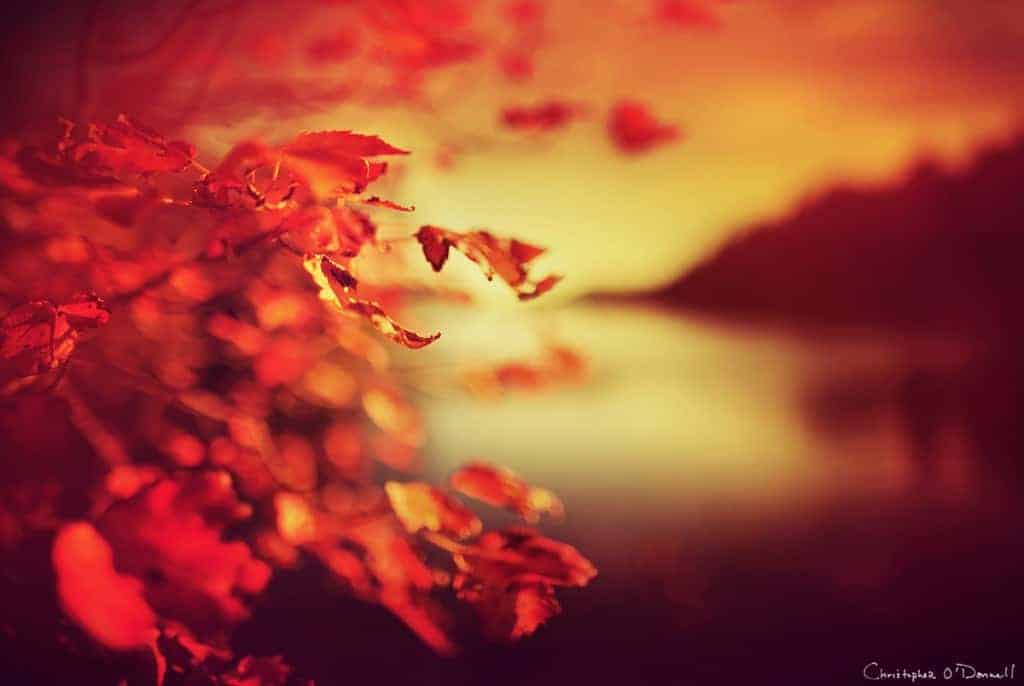
In the example above, I wanted to balance out the heaviness of the distant coastline and make the colorful foliage my main focal point. By using a very shallow depth of field (24mm @ f1.4), I shifted the weight onto the leaves, which would have been lost if I had used a deep depth of field.
3. Depth
Photographs are two-dimensional, so we rely on elements in the landscape to act as reference points for depth.
When an image is taken with a wide aperture, you can heighten the depth by moving your slice of focus in from your immediate foreground. This will create a shallow focus in front and behind your focal point – a layered effect that adds depth to your photo, giving the viewer a more “three-dimensional” experience.

For this image, I pushed the slice of focus back a bit from the immediate foreground, adding depth by blurring the areas in front of as well as behind my focal point.
4. Minimalism
The depth of your image can change a busy, complicated scene into a minimal composition with only a small portion in focus. A wide aperture can expand your creative boundaries for any location by allowing you to quiet the detail and bring out the inner serenity of a landscape.
A sharp focus and deep depth of field can capture much detail, but widening your aperture can create an entirely different mood. Minimalism photography is possible with a wide aperture, transforming any scene into a simple and mysterious creation.
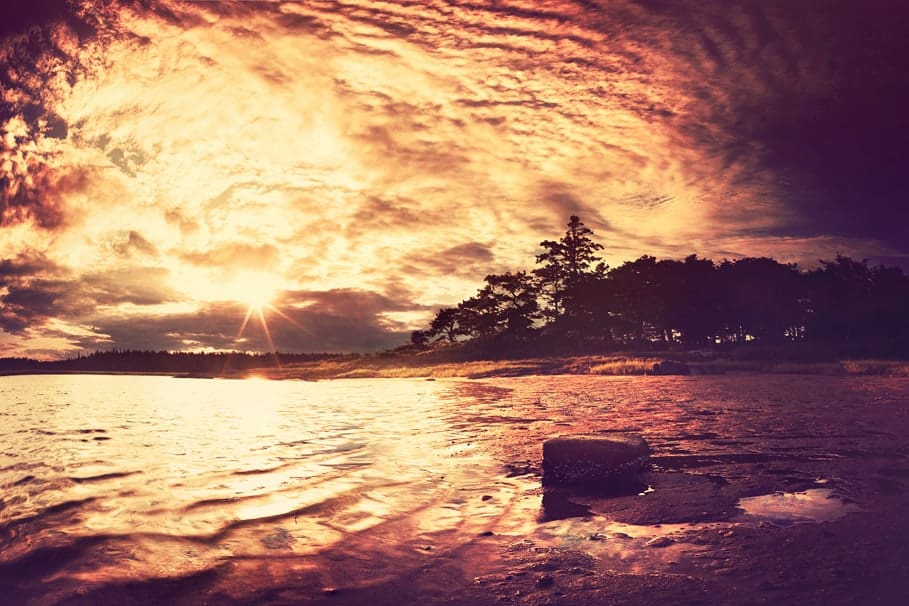
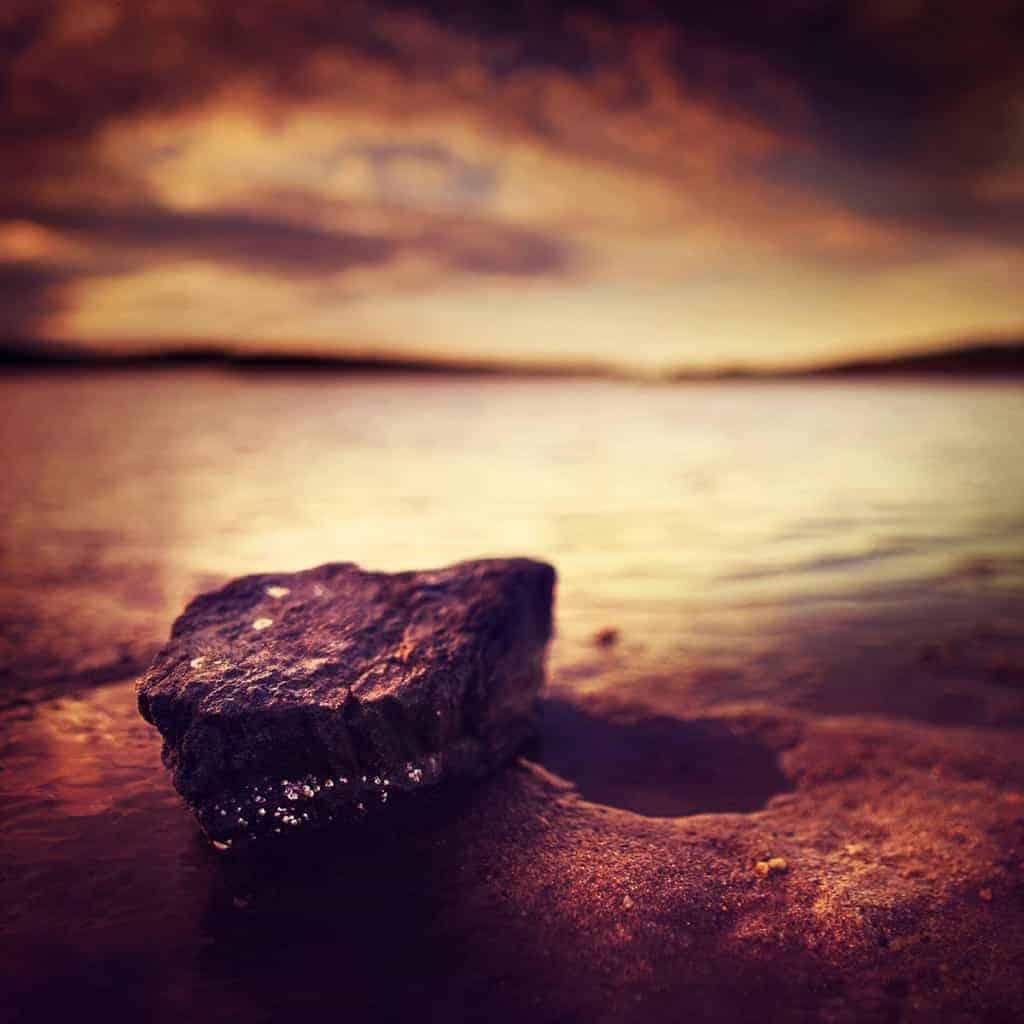
The two images above were taken of the same tidal pool during the same evening, but resulted in two completely different moods by a simple adjustment in my depth of field and composition. By tightening my frame and widening my aperture, I was able to minimize the detail of the sunset sky and create a starker, simpler photo.
5. Transforming Light
If you know how to create bokeh in your landscapes, you know that wide apertures have the unique ability to transform your light sources (either direct or reflected) into defined, coarse shapes which can add layers of interest.
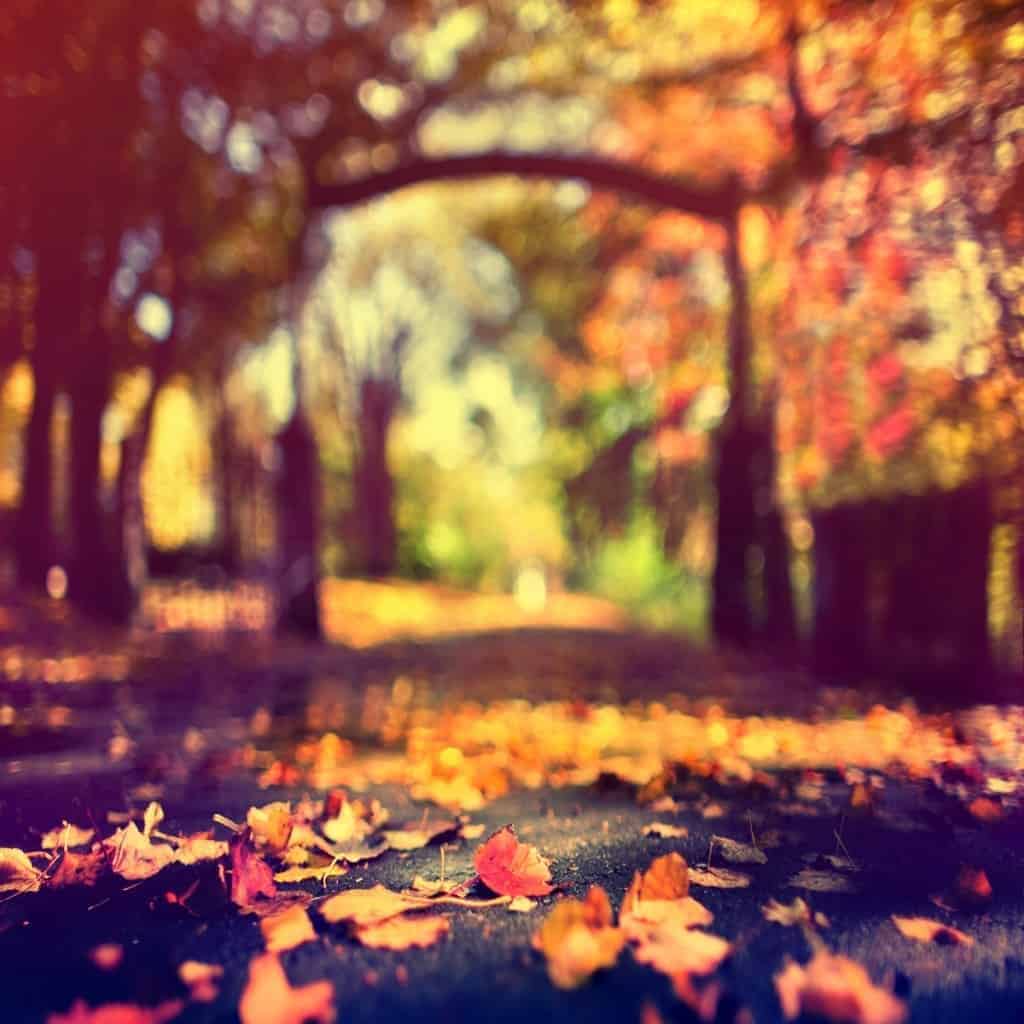
For overcast days or other situations where light sources are not visible in your frame, a shallow depth of field produces a different effect for your landscape. A dream-like, painterly quality is applied where the colors and tones wash together, much like a watercolor painting.
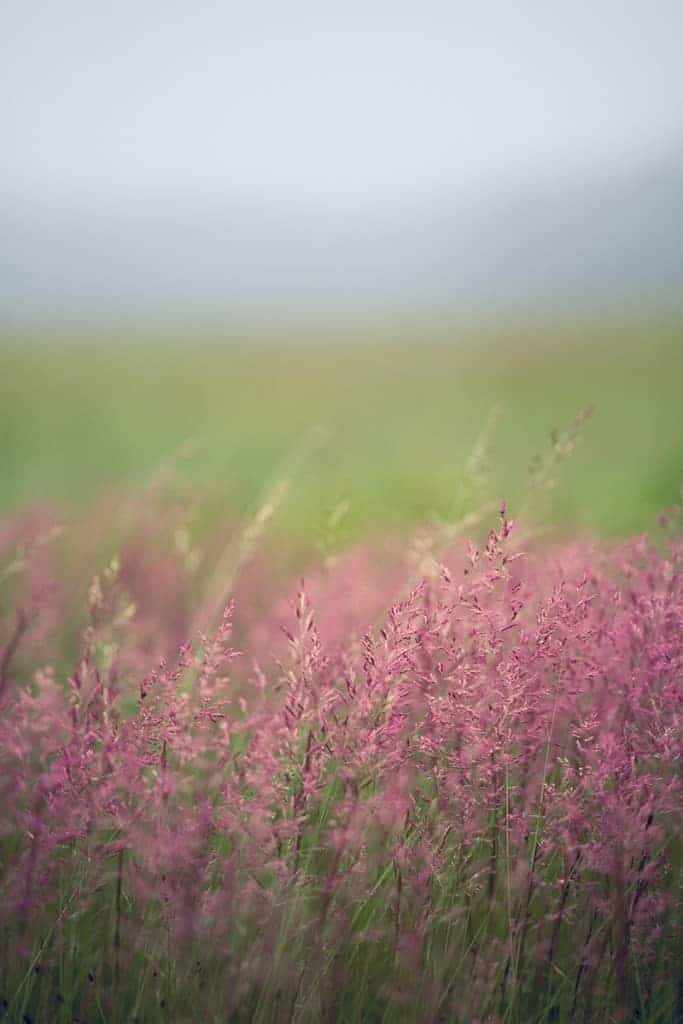
So the type of light you are photographing – whether overcast and soft, or direct and intense – can greatly change how it is interpreted by your aperture before it hits your sensor.
6. Leading Lines
Another fantastic way to use your aperture to create is to frame your image around prominent lines – such as boardwalks, trees, or any other line that travels across your frame – and allow them to lead the eye through your landscape.
A thin slice of focus can soften the appearance of these lines, but still render them as a forceful component to your image – now with added intrigue from their abstract nature.
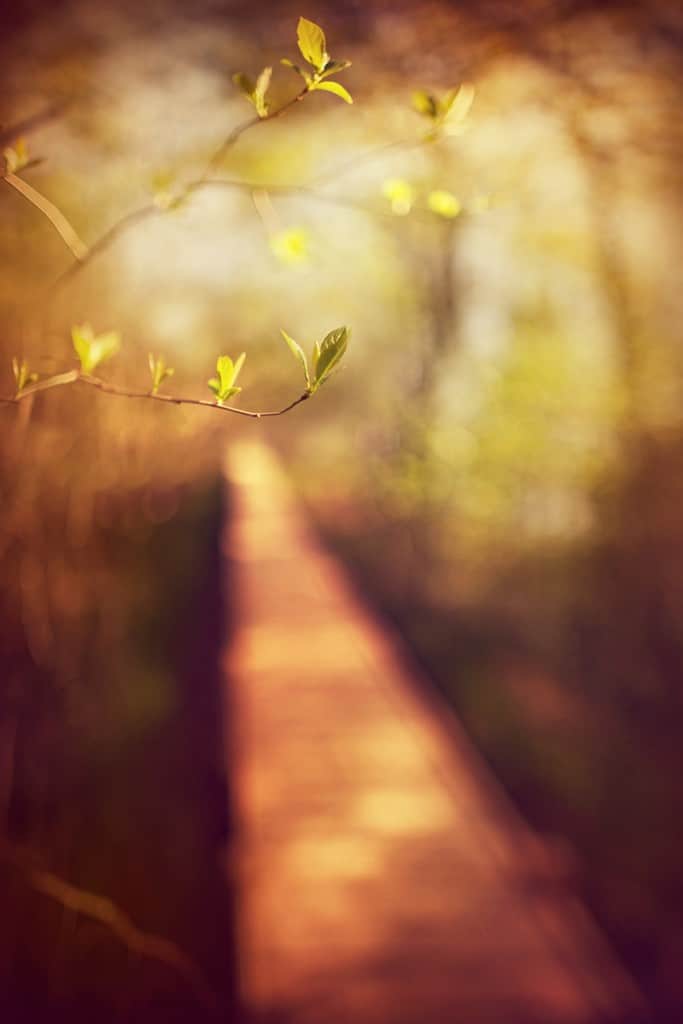

7. Structures
Shooting wide open allows you to lighten the weight of “heavy” subjects, which you can use to compliment your landscape.
I will often frame my image with a small and unnoticeable subject in sharp focus, and use my aperture to throw a well-defined, prominent structure – one that would otherwise overpower my focal point – into obscurity.
Strong, isolated structures like bridges, buildings, and trees work well for this method.
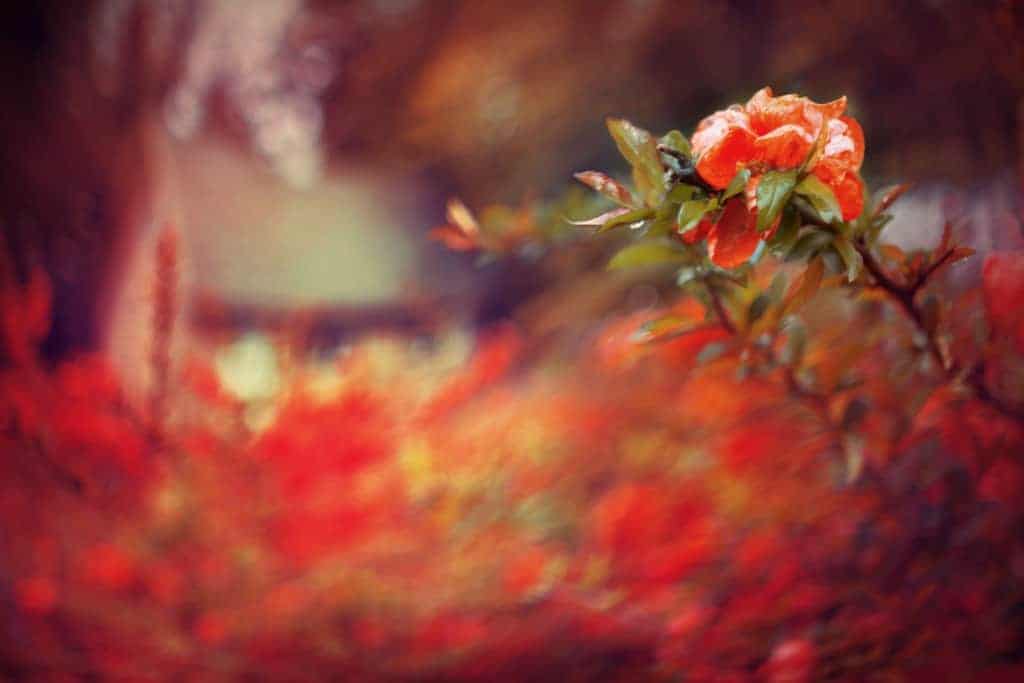

Not only does this help to balance out the weight of your photo, but it creates a surreal image by softening the appearance of a subject just enough to make it painterly, but still be able to identify it based on the shape.
8. Framing
When shooting wide, you can frame your image with elements thrown completely out of focus – such as bits of foliage surrounding your lens. This can add interest, filter out distractions, and create depth and intrigue by framing your image with soft, saturated colors.
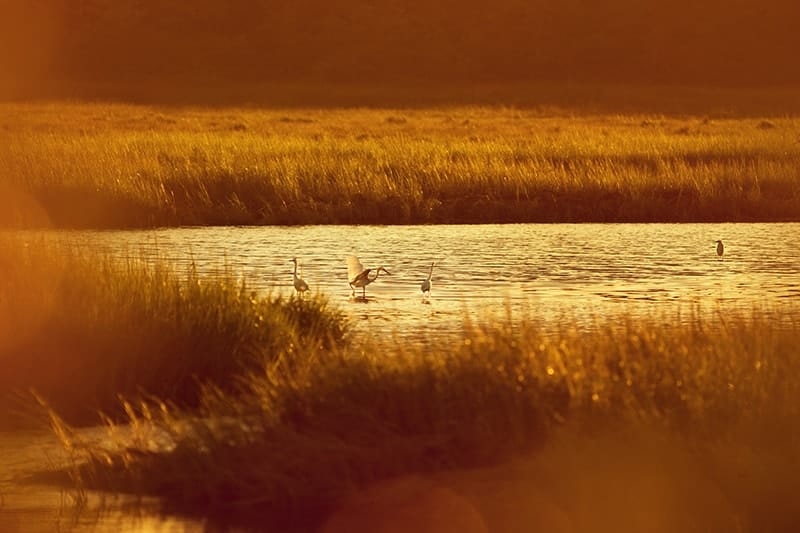
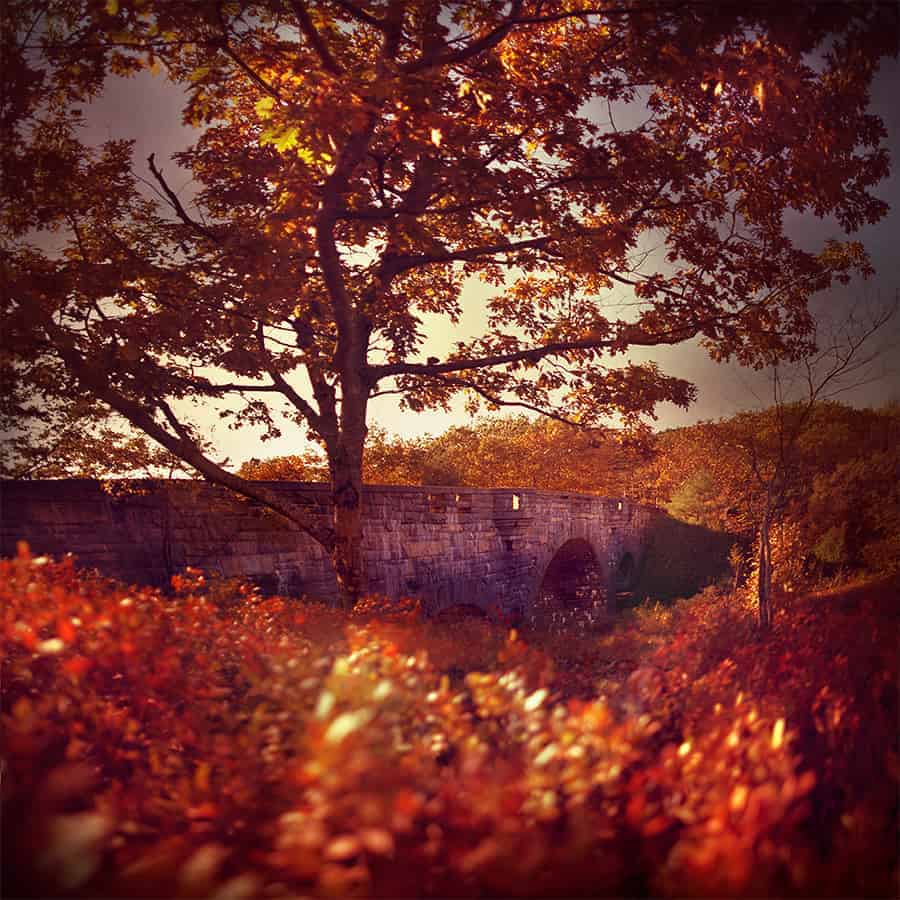
By pushing your focus to the background and composing your image with foliage (or other elements) overlapping the foreground, you can capture your landscape with a natural, complementary frame.
And sometimes, you don’t need a specific plan or workflow when shooting with a wide aperture…and will find much enjoyment with experimenting to see what creations you can come up with. The key is to shoot often, keep pursuing the methods you enjoy, and discard the ones that do not compliment your creative style.


